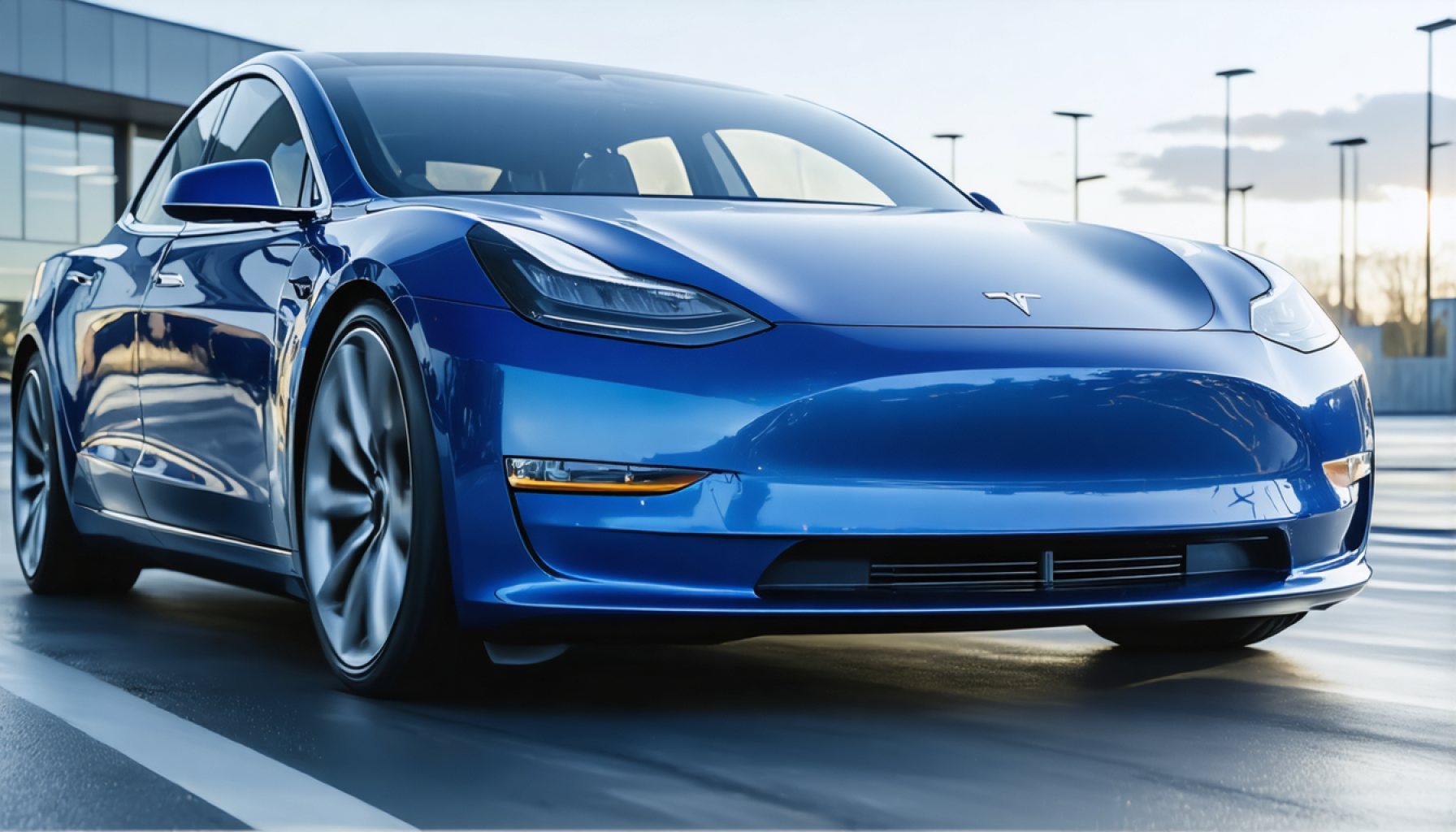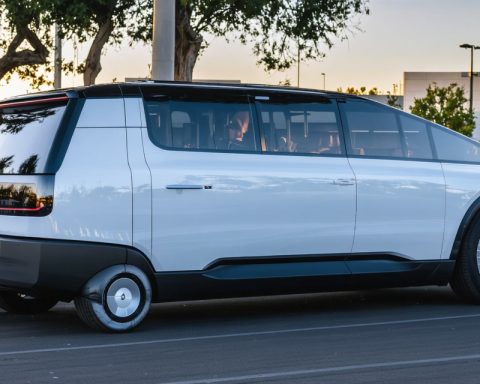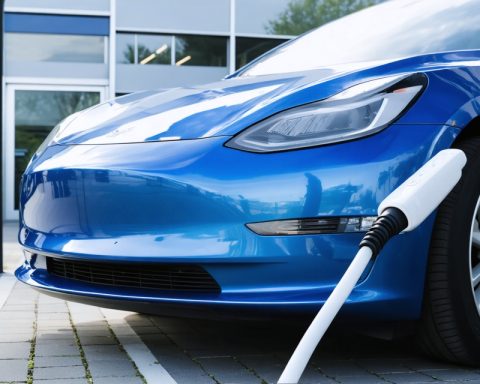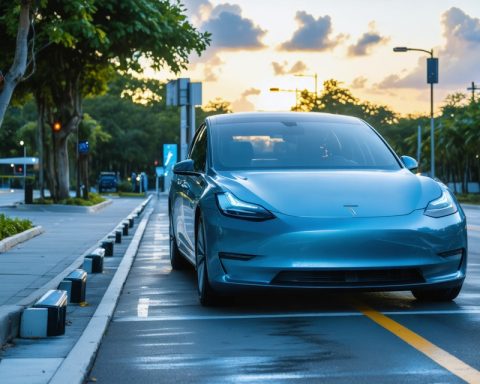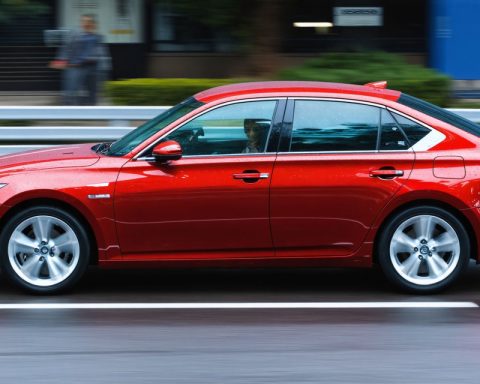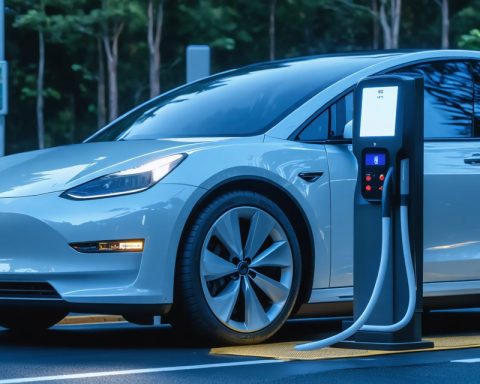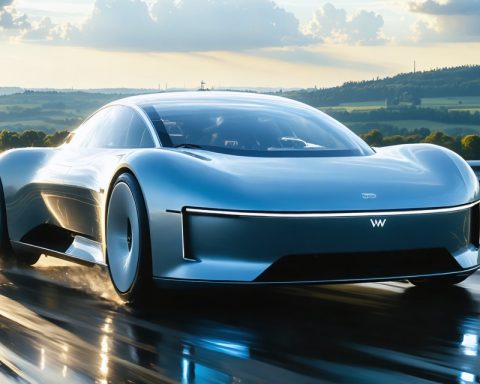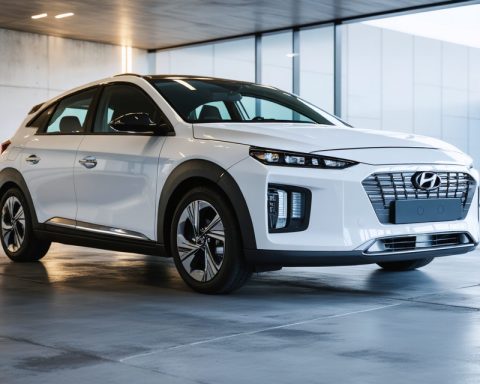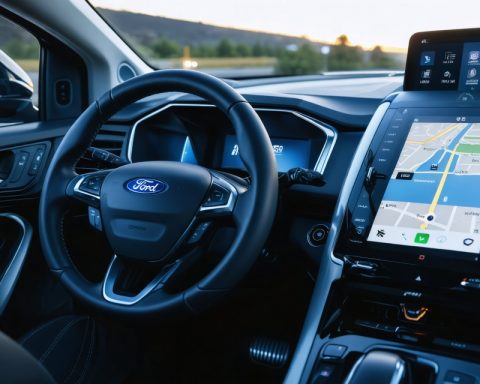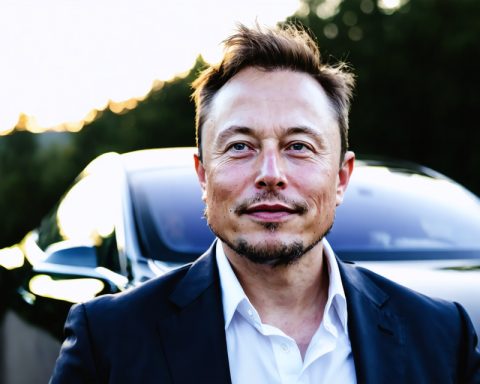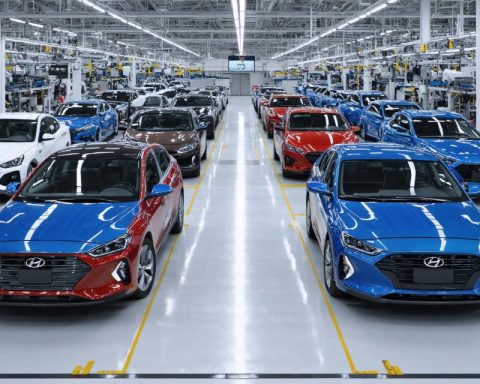- Registrations of battery electric vehicles (BEVs) in the EU have surged by over 25% in Q1 2024, boosting market share to 15.2% by February.
- Tesla’s European vehicle registrations have fallen by 49%, possibly due to the Model Y overhaul and strong local competition.
- Elon Musk’s controversial political engagements may be affecting Tesla’s image and market position in Europe.
- Overall European car registrations fell by 3.4% in early 2024, with companies like Mercedes-Benz and Stellantis facing demand declines.
- Companies such as VW Group, Renault, and BMW demonstrated positive growth by staying adaptive and resilient.
- The industry is urged to embrace the electric revolution, manage political dynamics carefully, and remain agile.
Under the grand skyline of Europe’s industrial might, a silent revolution hums along the autobahns and through the city streets. The European Union finds itself at a crossroads, not just politically, but technologically, as registrations of battery electric vehicles (BEVs) climb by over 25% in the first quarter of 2024. This surge has propelled their market share to a remarkable 15.2% by February’s end, highlighting an unwavering commitment to a greener future.
Yet, amidst this electric bloom, Tesla—a name once synonymous with electric ingenuity—finds itself in a curious spotlight. Despite the roar of electric growth, the American giant seems to be losing its footing on European soil. Registrations of Tesla vehicles have plummeted by 49% compared to the previous year. Observers suggest that the overhaul of the Model Y and strong European contenders might share some responsibility.
Beneath these statistics lies a deeper narrative involving Elon Musk, the maverick at Tesla’s helm. His affinity for controversial political engagements has irked some traditional allies, casting a shadow over Tesla’s previously untarnished image. Musk’s involvement in large-scale cuts within US government agencies as part of a broader fiscal strategy under President Donald Trump adds layers to the evolving Tesla saga.
While the European car landscape dances to the electric drum, overall registrations tell a different tale. The early months of 2024 were less kind in terms of new registrations, with numbers stagnating at 853,670 in February—a 3.4% dip from the same time last year. Key market players like Mercedes-Benz and Stellantis have struggled, experiencing drops in demand reminiscent of nature’s unpredictable ebbs and flows.
Despite hurdles, corporate giants like the VW Group, Renault, and BMW managed to steer their brands into positive growth, proving that adaptability is king in these shifting times.
The overarching message as Europe’s car industry forges onward is resoundingly clear: Embrace the electric revolution, navigate political tides with care, and stay agile in a world where yesterday’s leader can swiftly become today’s underdog. What lies on the horizon is an industry ever-evolving, fueled by innovation and perhaps a little intrigue, as the road ahead unfurls like an unwritten map.
Shocking Trends: How Europe’s Electric Vehicle Market is Outpacing Predictions
The Rise of Electric Vehicles in Europe: A Deeper Dive
The electric vehicle (EV) boom in Europe is more than just a fleeting trend; it’s a profound shift in the automotive landscape. As battery electric vehicles (BEVs) capture a 15.2% market share by February 2024, the push for sustainability and green energy solidifies its foothold in the auto industry. But what does this mean for the market, and who are the key players?
Industry-Wide Trends and Forecasts
– Europe’s EV Market Dynamics: The surge in BEVs is driven by stringent EU emissions regulations, increasing consumer awareness about climate change, and government incentives aimed at reducing the carbon footprint. According to a report by the European Automobile Manufacturers Association (ACEA), this trend is expected to continue, with BEVs potentially reaching a significant penetration rate in the new car market by 2030.
– Dominant Players: While Tesla has gained a reputation for innovation, European manufacturers like VW Group and BMW are making significant strides. Their success is attributed to robust local manufacturing, extensive EV line-ups, and growing infrastructure developments in charging networks.
Tesla’s Challenges and Competitor Strategies
– Tesla’s Declining Registrations: With a 49% decrease in European registrations, Tesla’s challenge is multi-faceted. Competitors like the VW Group’s ID series and Mercedes-Benz’s EQ lineup offer strong alternatives. European automakers capitalise on domestic manufacturing and a better understanding of regional consumer expectations.
– Competitive Innovations:
– VW Group: The VW ID.4 is gaining popularity for its affordability and range.
– Renault: The Renault ZOE remains a best-seller in smaller cities due to its compact size and efficiency.
– BMW: BMW’s i4 and iX models are capturing luxury segment interests with their advanced tech features.
Overcoming Market Stagnation
Despite a 3.4% drop in overall registrations, innovative strategies keep leaders afloat. Automakers invest in digital sales platforms and customer engagement tools, adapting to changes in buyer behaviour. This agility ensures sustained growth amidst broader market challenges.
Factors Affecting Tesla’s Image
Elon Musk’s controversial political engagements and decisions have influenced Tesla’s brand perception in Europe. As businesses and consumers become more value-conscious, the alignment with corporate and personal values holds significant weight.
Pros and Cons of the Electric Revolution
– Pros:
– Reduced emissions contribute to global sustainability goals.
– Technological advancements boost driving range and efficiency.
– Cons:
– High initial costs of EVs, though decreasing with technological advancements.
– Charging infrastructure needs an expansion to meet growing demand.
Life Hacks: Maximising Your EV Experience
– Charging Tips: Always plan your route and locate charging stations in advance using apps like PlugShare or ChargePoint.
– Maintenance: Regular software updates and battery maintenance can significantly improve vehicle performance.
Conclusion: Embrace the Future
As Europe continues to lead in the electric vehicle transition, staying informed and agile is vital. Whether considering an EV purchase or staying updated on industry trends, knowledge is power.
Take advantage of incentives and stay informed about the latest EV models to make a beneficial investment. To learn more about the latest in the automotive industry, explore resources like the European Automobile Manufacturers Association or Volkswagen Group.
This era of transformation is ripe with opportunity. The road to a sustainable future is ahead—drive forward with purpose and innovation.
